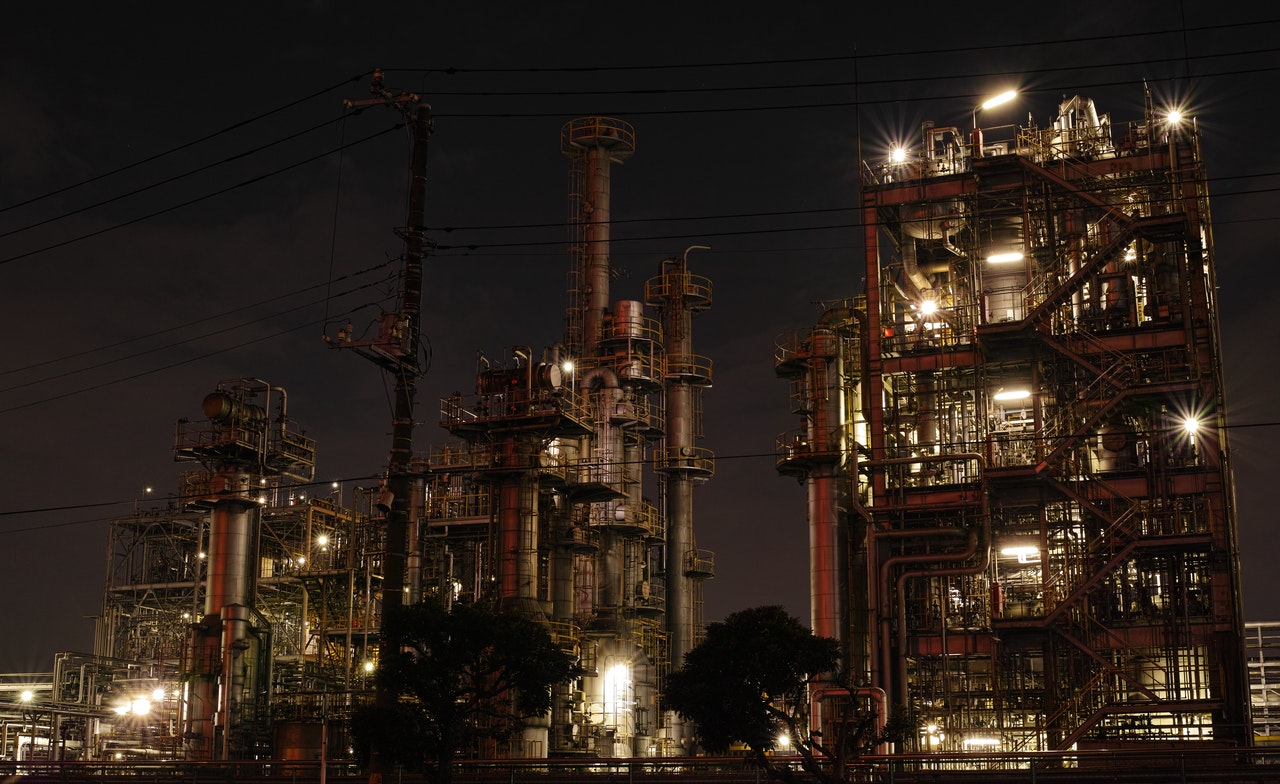Did you know that air conditioning can make up around 6% to 45% for commercial purposes & 6% to 17% for residences on average? This includes the times it’s switched off but still plugged in.
Although you can just unplug these points as an energy-saving habit, it doesn’t help you as much as you think.
As opposed to mere energy-saving, intelligent energy-saving solutions give you an insight into what’s going at a circuit breaker and equipment level – the areas which aren’t visible when assessing energy consumption manually. Intelligent energy-saving also helps you monitor your energy consumption with real-time, tangible data so you can know what’s going on at a larger scale (for distributed branches or facilities), room, and even down to a device level.
This becomes important when you’re managing a large network of buildings, are away or not available to conduct manual assessments, and when certain issues occur such as leakages, breakdowns, etc. Intelligent energy-saving becomes the single-point operating system you can use to know exactly where issues have occurred, why and even predict potential issues for you to act on beforehand. How is this done? Intelligent energy-saving puts energy-saving back in your hands using technology that proactively monitors, measures, and gives you detailed data insights on the go through an app.
This is a great starting point for you to be the independent, control tower when it comes to assessing & lowering your own energy consumption & costs, improving energy efficiency, reducing carbon emissions which will help lower the impact of climate change eventually. Intelligent energy-saving uses an automated intelligence platform with your preferred settings to inform you of energy consumption patterns for any period. Introducing intelligent energy-saving systems in areas with heavy usage of lighting, various electrical appliances, air conditioning and more are needed now more than ever. Why? It is said that the emissions from buildings and construction alone contribute to around 39% of global carbon emissions with about 28% attributed to the operation of buildings (lighting, cooling, and heating). This makes concrete jungles with apartment complexes, skyscrapers, shopping, or retail hubs and more, one of the highest carbon contributors to the impact of climate change, which is seen through increased cyclones, forest fires, rising sea levels, and the like.
The greater the number of such carbon-dense areas, the higher the emissions and the worse the impact of climate change, which calls for intelligent energy-saving solutions. This way each one of us can gain control over our energy savings, make a less impressionable carbon footprint and keep natural disasters from becoming regulars.
Read more about energy saving insights by Racanaa:
- Impact of climate change on real estate
- Restaurant energy management
- Energy management for retail banks
Photo by Rodolfo Clix from Pexels






